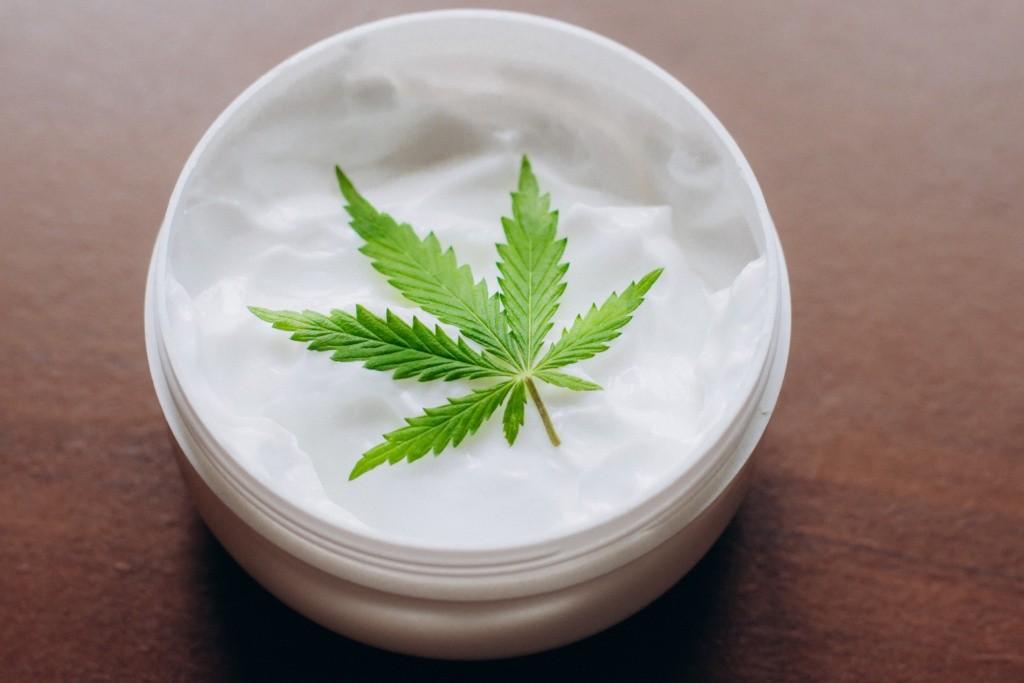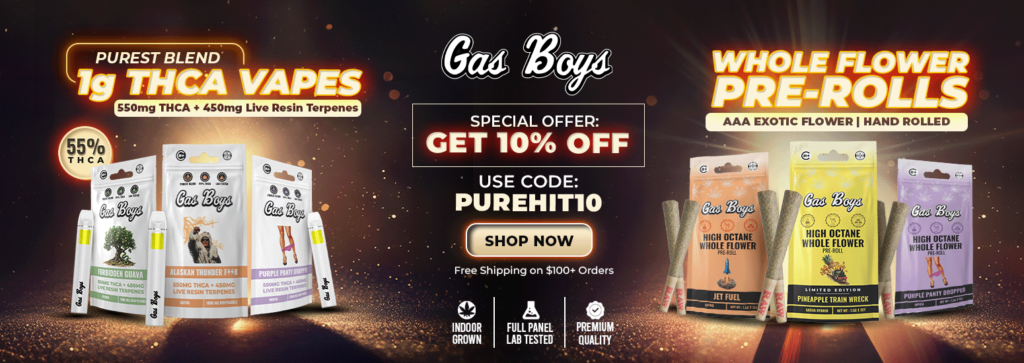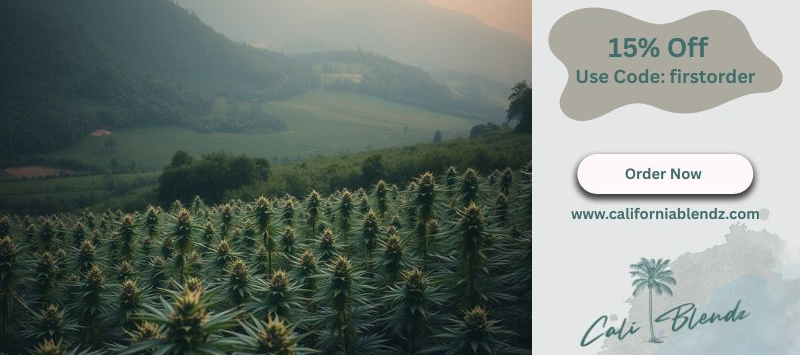A new study being published in the upcoming issue of the Journal of the American Academy of Dermatology and online ahead of print by the National Library of Medicine suggests that cannabidiol (CBD) cream may significantly reduce skin damage caused by Ultraviolet-A (UVA) radiation.

The study was conducted by scientists George Washington University (DC), the Center for Clinical and Cosmetic Research (Florida), and Northwestern University (Illinois).
The study aimed to address the growing concern over UVA radiation’s role in photoaging and photocarcinogenesis. Researchers note that current photoprotective strategies are limited by the availability and utilization of effective UVA filters, creating a demand for new protective agents. Cannabidiol, known for its anti-inflammatory and antioxidant properties, was tested for its potential to mitigate UVA-induced skin damage.
In this prospective, single-center, pilot clinical trial, 19 participants applied nano-CBD (nCBD) cream or a vehicle cream (VC) to randomized, blinded sites on their buttocks twice daily for 14 days. After this period, the treated skin areas were exposed to up to three times the minimal erythema dose of UVA radiation. Researchers then obtained punch biopsies for histological, immunohistochemical, and real-time PCR analysis 24 hours post-exposure.
“At 24-hours, 21% of participants had less observed erythema on CBD-treated skin than VC skin”, states the study. “Histologically, nCBD-treated skin had reduced UVA-induced epidermal hyperplasia than VC (p=0.01). Immunohistochemistry detected reduced cytoplasmic/nuclear 8-oxo-guanine glycosylase 1 staining in nCBD-treated skin compared to VC (p<0.01).”
Despite the study’s small sample size, the findings suggest that topically applied nCBD cream can reduce the formation of mutagenic nuclear DNA base lesions and protect against mitochondrial DNA mutations associated with UVA-induced skin aging.
Researchers conclude:
Topically applied nCBD cream reduced UVA-induced formation of a frequent mutagenic nuclear DNA base lesion and protected against mtDNA mutations associated with UVA-induced skin aging. This trial is the first to identify UV-protective capacity of CBD-containing topicals in humans.
For more information on this study, click here.







